Words by Nikola Tesla
“My brain is only a receiver, in the Universe there is a core from which we obtain knowledge, strength and inspiration. I have not penetrated into the secrets of this core, but I know that it exists.”
“My brain is only a receiver, in the Universe there is a core from which we obtain knowledge, strength and inspiration. I have not penetrated into the secrets of this core, but I know that it exists.”
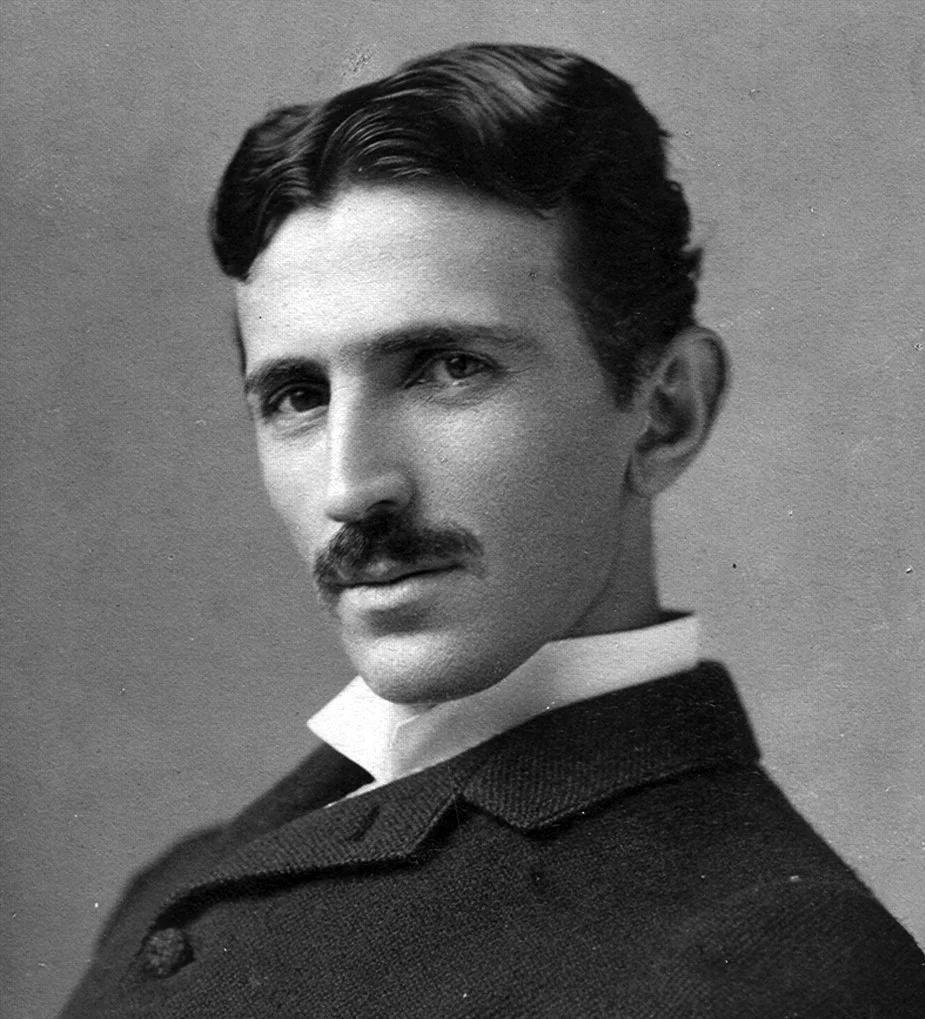
The people we associate with don't necessarily live right next to us. This is more common than ever before, as social media allows us to stay connected with people across the globe. Because of this (along with advanced transportation) relationships are more easily developed and maintained across city boundaries. And essentially, our urban social networks - the ones that define our lives in cities - are determined socially, much more than they are geographically.
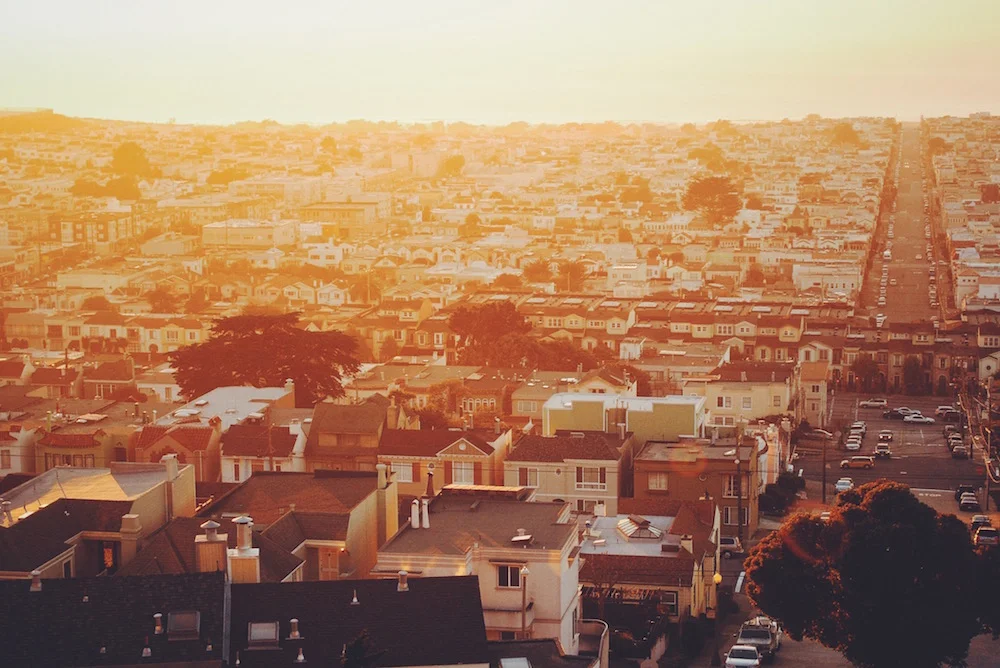
Researchers from MIT recently published a paper that outlined this idea- that social distance is a greater determinate of city networks than geographic distance. Cities have traditionally been analyzed at the national scale, with social data and activity being compared to other cities around the country. But now the urban environment is being explored at a deeper level, and we're beginning to understand how people form sub-communities within their cities. Department of Civil and Environmental Engineering (CEE) Associate Professor Marta González, co-author of the paper explains:
"We found that geography plays only a minor role when forming social networking communities within cities. Unlike the country, cities have more dispersed communities.
The implications of this work is that by understanding how social networks are developed, and how connections are maintained, policy makers can make better informed decisions when working with different social groups. Leaders can examine social data to understand how epidemics are spread, and how new innovations should be applied in cities. Gonzalez predicts new, progressive uses for social media:
"We are envisioning social media apps for social good - in this case, sustainable adoptions in the city."
People from the same city may attend different schools, travel to far-off vacation spots, or go to various international business conferences. Knowledge is gained, experiences are had, and the relationships developed across the world are all brought back to home-cities.
When we experience these institutions and destinations, we typically experience them with others who share similar interests, socio-economic status, or career plans. The ties that we create with others at these places determine our social distance from these people, and with social media we can maintain and navigate this social relationship however closely we'd like.
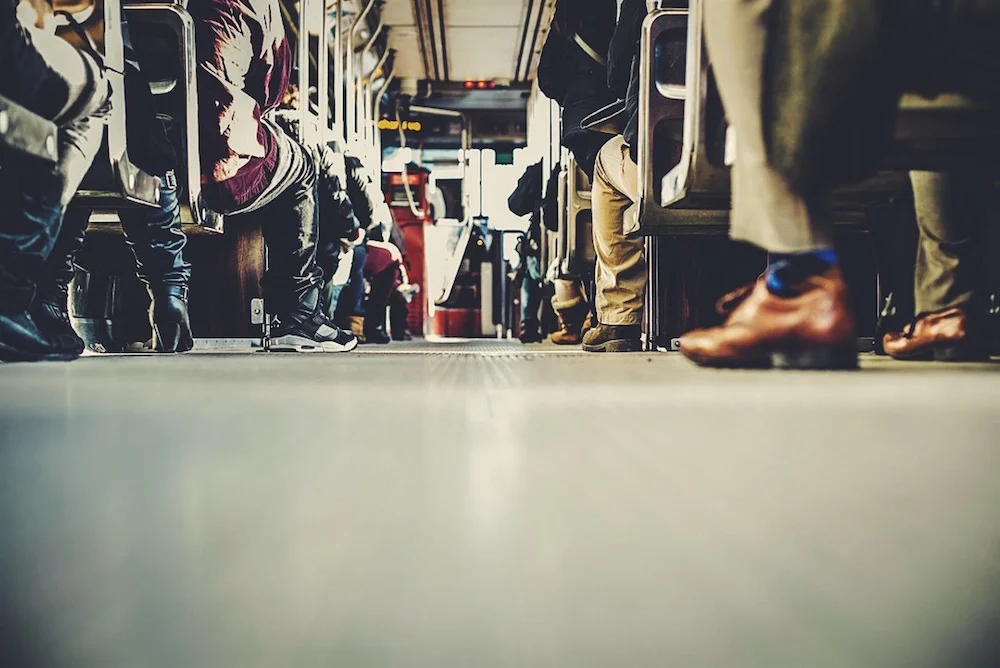
The way we experience our cities is being affected by our digital connections, and therefore the urban network is evolving. Cities are traversing geographic boundaries, and people are networking with those that share common interests, passions, and goals, rather than people who live in the same area. Our country is a compilation of different cultures, all of which are found in different geographic locations. Is it not appropriate to say that our cities are adopting these same diverse characteristics?
This abstract conception of urban life is important to grasp for both scientific and personal reasons, but most of us would probably agree that physical relationships should not fall by the wayside.
The Chicago Tribune warns that neighborly relations have declined significantly since the 1950s; a fact which leads to increases in crime rates and poorer community planning efforts. A 2010 PEW study also shows that 28% of us know none of our neighbors' names, and young people are at the forefront of this somewhat depressing reality. We can only speculate why this is happening, perhaps technology is making us anti-social in 'real life', or maybe we're just afraid of people disrupting the flow of our lives.
But new social apps are trying to combat this trend. Nextdoor is a Facebook-like app which lets neighbors add each other as friends and discuss community issues. RipeNearMe is also encouraging neighborly interaction by allowing people to sell left-over produce that grows on their lawns. Our cities are so diverse, and people are associating with others based on social proximity, but apps and new technologies like these are fostering friendly engagement and exchange in both digital and physical spheres.

Our social networks are constructed from friendship, love, and the human desire to be with others. They make up our own mental infrastructure- shaping our perceptions of others and everyday experiences. Now, these networks are transitioning into the digital realm and giving us access to new global connections, but the physicality of these networks are just as important for our own well-being.

Public spaces are crucial for fostering this traditional interaction. Parks, shopping districts, co-working spaces, open-universities can serve as social hubs- places where people of different social spheres can come together in a real-life setting. With good design and proper maintenance we can ensure that these spaces offer us a meeting area to explore and strengthen our digital ties at an even greater level.
So while social networks might at times defy geography, they are enhanced and more thoroughly explored when they materialize in 'real-life'. The cities we live in today are not even close to being entirely digital, but they aren't completely physical either. We spend hours online, communicating through airwaves and searching through the 'cloud', but we still act out our daily lives with every muscle in our body. But how can we properly integrate these two dimensions, so that we can lead socially connected, and meaningful lives?
Lying somewhere between the digital and the physical is the substrand, a social strand that's neither completely digital or physical, conceptual or concrete, yet it ties us all together. We can think of it as a shared human essence- a collective understanding of what it means to be alive, and what it means to be with others. So no matter which physical city we're in or culture we're experiencing, it's from this thread that all of social life stems. It's from this strand that we can explore and derive true meaning behind our actions.

We call this a digital city not just because we're all connected in this new technological age, but because we're intertwined amongst a new social fabric- a modern social system that is both physical and virtual. The substrand manifests throughout our globally digital social networks as well as the built urban infrastructure, but the governing body of this modern urban experience remains out of sight- embedded in the depths of our own intellect.
As we navigate these new city streets, we'll need to keep our eyes peeled- our minds open. To be independent citizens, free to explore at our own will and pursue our passions, we'll need to uncover the governing laws - whether we interpret them religiously, scientifically, or spiritually - and be critically aware of the people and events that may appear as opportunities or threats.
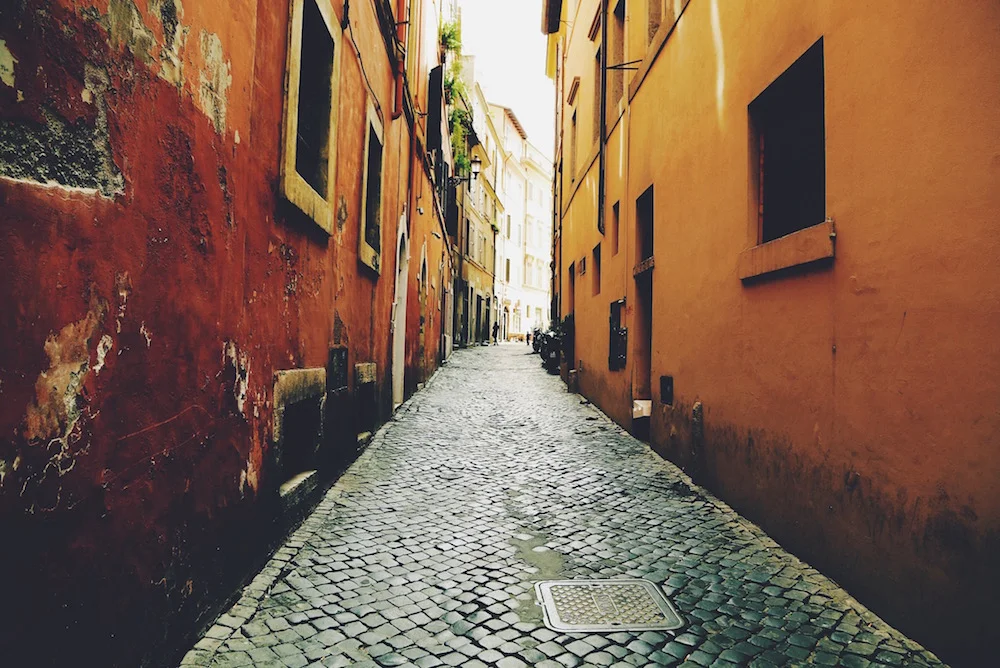
Highly conceptual, yet surprisingly relevant, this city we all inhabit is an exciting place to learn, play, consume, and create. We can either choose to remain aloof in the digital, or keep stagnant in the physical. Or we can consciously become a citizen in this progressive, creative, and intellectual modern society. We've reached a new frontier on this journey we call life, so let's band together as we approach the exciting horizon.
this article was originally posted on 7/3
Images via unsplash
"Simplicity is the glory of expression."

"Man is a stream whose source is hidden."
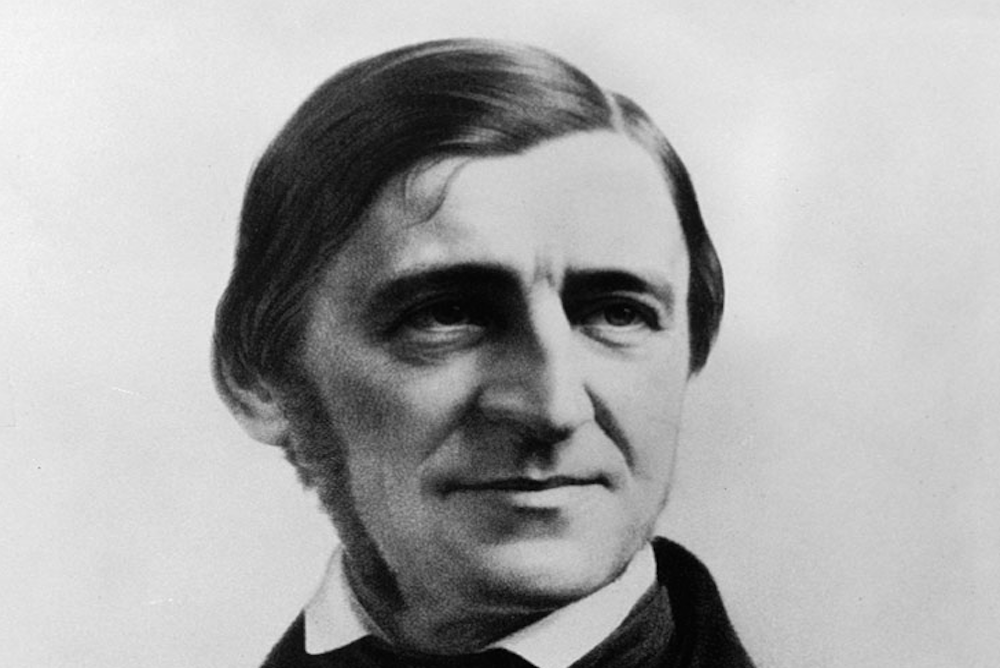
"Live as if you were to die tomorrow. Learn as if you were to live forever."
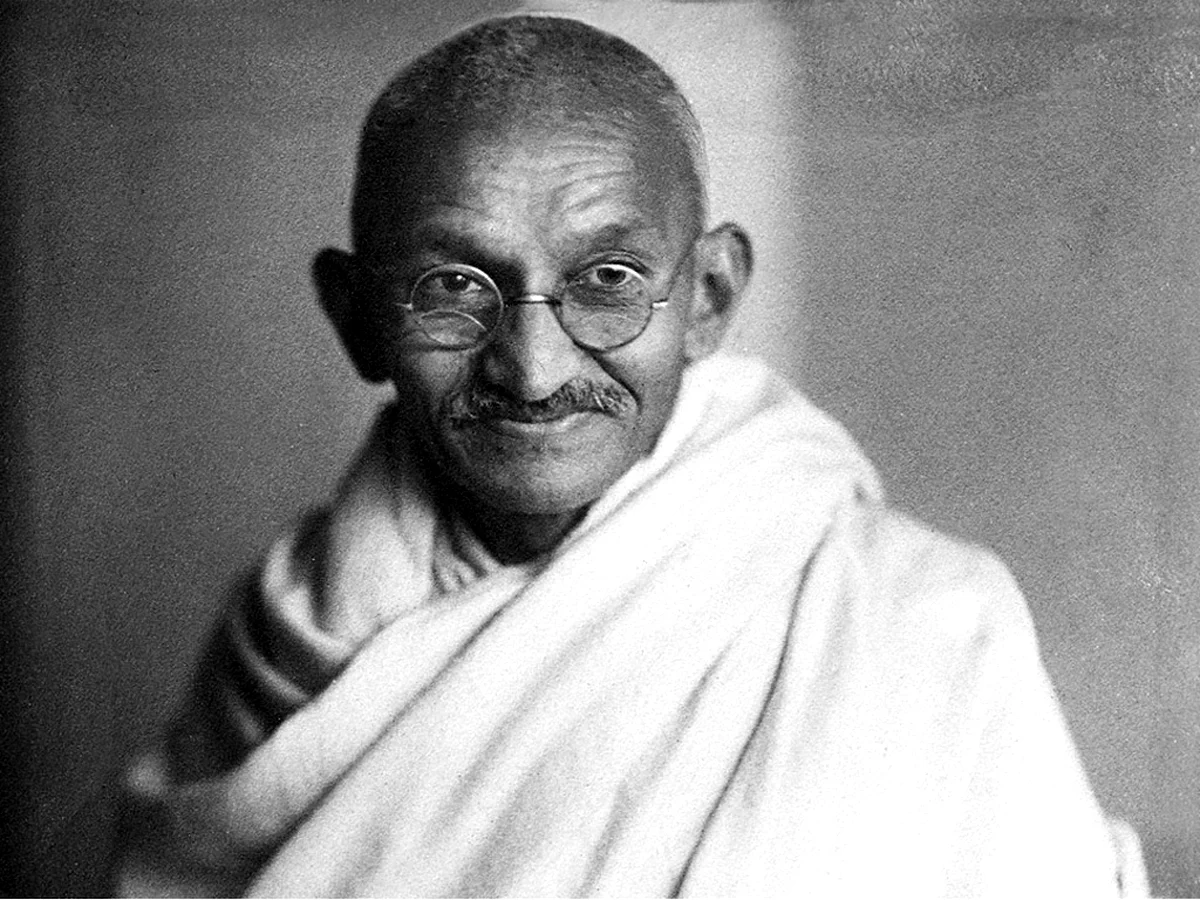
I hated every minute of training, but I said, 'Don't quit. Suffer now and live the rest of your life as a champion.'
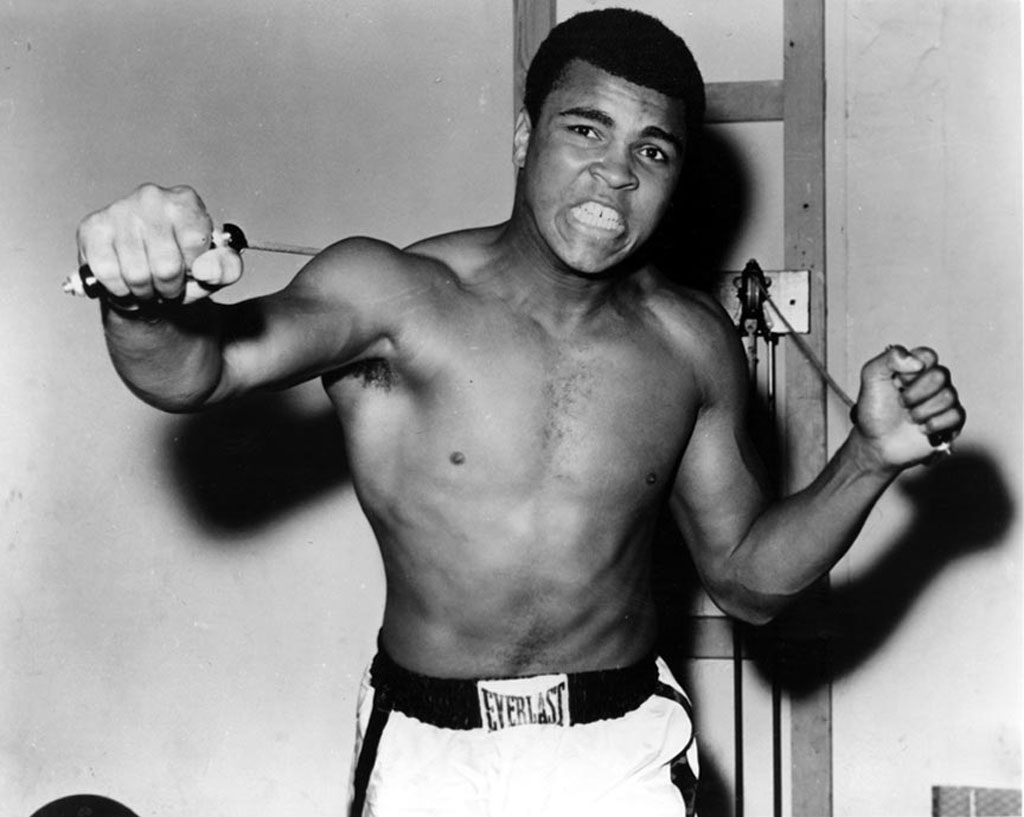
Believe you can and you're halfway there.
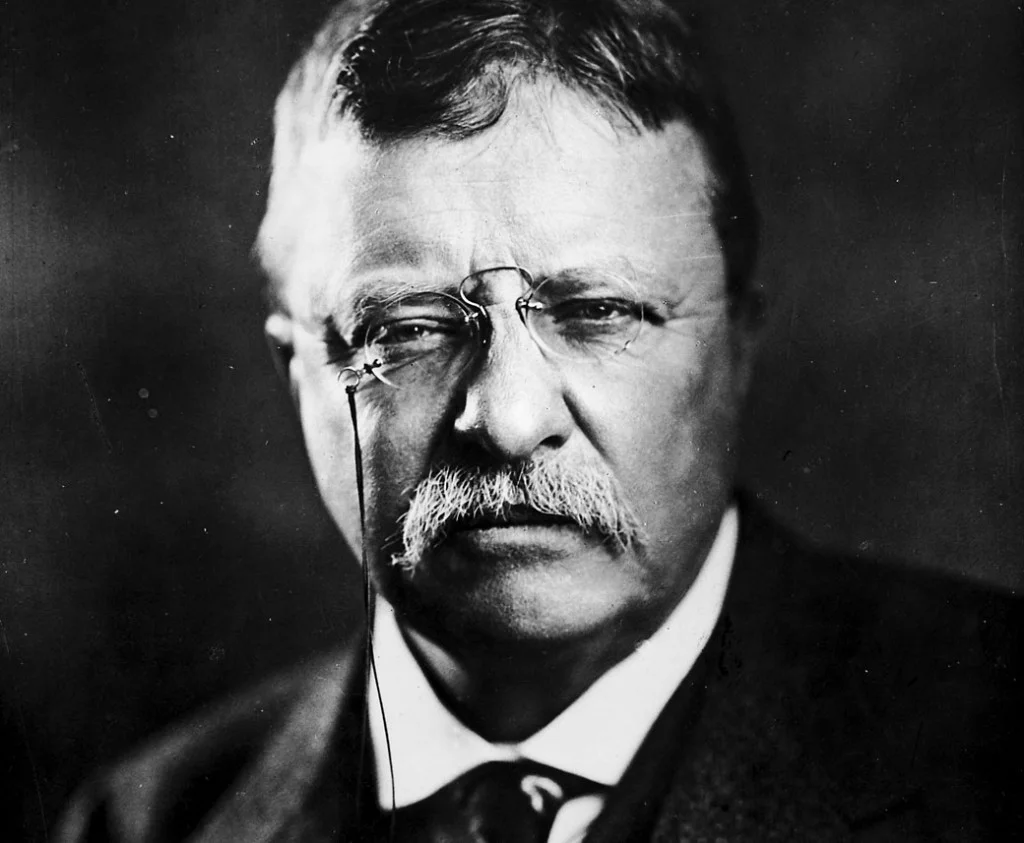
"Judge a man by his questions rather than his answers."

"What you get by achieving your goals is not as important as what you become by achieving your goals."

"Only put off until tomorrow what you are willing to die having left undone."

"A creative man is motivated by the desire to achieve, not by the desire to beat others."

"The secret of getting ahead is getting started."

"Your work is going to fill a large part of your life, and the only way to be truly satisfied is to do what you believe is great work. And the only way to do great work is to love what you do. If you haven't found it yet, keep looking. Don't settle. As with all matters of the heart, you'll know when you find it."
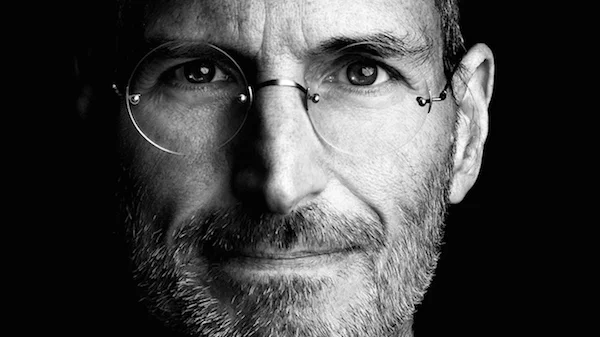
"My mission in life is not merely to survive, but to thrive; and to do so with some passion, some compassion, some humor, and some style."
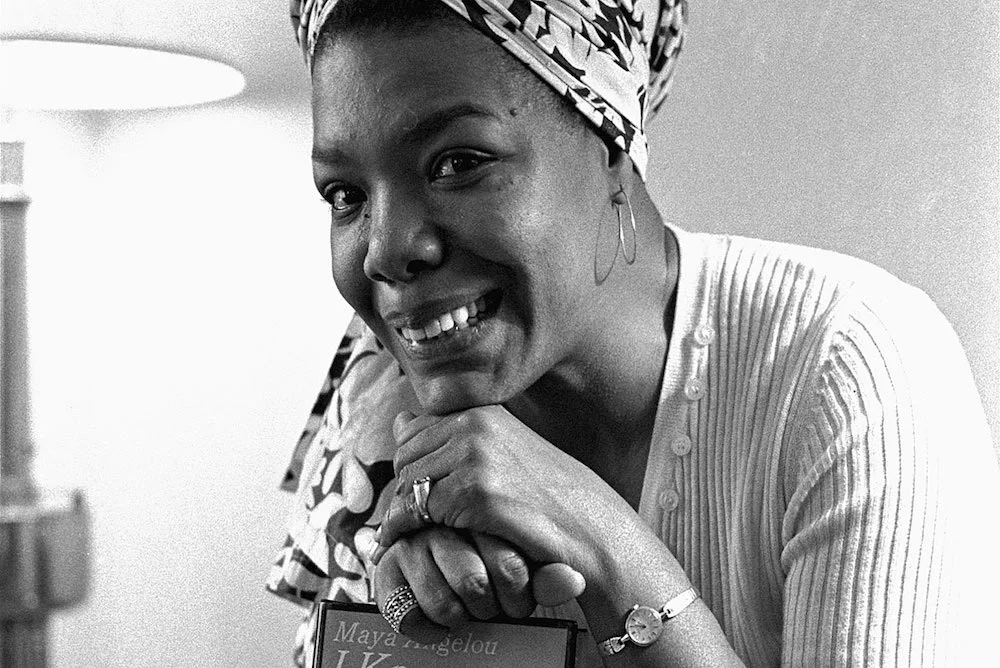
"May your choices reflect your hopes, not your fears."
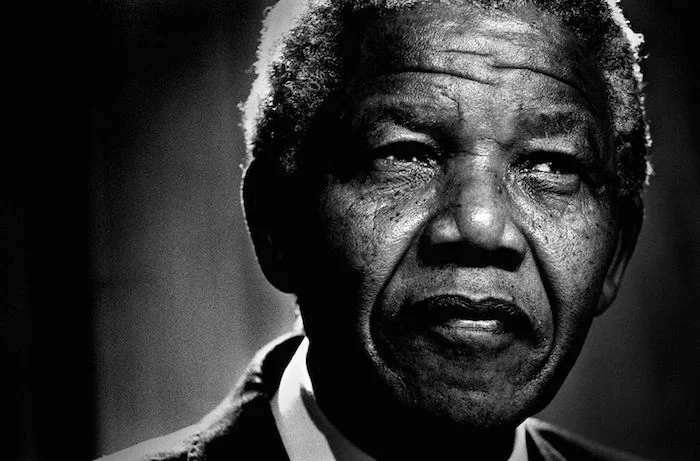
"The world as we have created it is a process of our thinking. It cannot be changed without changing our thinking."
